This article delves into the rich history and diverse flavors of traditional Chinese cuisine. It takes readers on a culinary journey through time, showcasing the evolution of Chinese dishes and techniques. From ancient dynasties to modern times, Chinese cuisine has been shaped by various factors, including geography, climate, and cultural exchanges. The article highlights the importance of balance and harmony in Chinese cooking, as well as the significance of regional specialties. It also discusses the influence of Chinese cuisine on global gastronomy and its continued relevance in contemporary food culture. Overall, this exploration offers a fascinating glimpse into the enduring appeal and complexity of traditional Chinese cuisine.
Chinese cuisine is a tapestry of flavors, techniques, and traditions that have been woven together over thousands of years. It is not just about food; it's about history, culture, and the art of living. As one of the world's oldest and most diverse culinary traditions, Chinese food has evolved to become a symbol of the country's rich heritage. In this article, we will embark on a journey through the ages to discover some of the most iconic dishes that have come to define traditional Chinese cuisine.
The Roots of Chinese Cuisine
Chinese cuisine has its roots in the agricultural practices of ancient China, where the cultivation of rice, millet, and other grains laid the foundation for a cuisine centered around grains and vegetables. Over time, the introduction of new ingredients, such as tea and spices, and the influence of various dynasties and regional cultures, have contributed to the development of distinct culinary styles across different regions of China.
The Eight Culinary Traditions
China is home to eight major culinary traditions, each with its own unique flavors, ingredients, and cooking methods. These are:
1、Sichuan Cuisine (四川菜): Known for its bold and pungent flavors, Sichuan cuisine is famous for its use of chili peppers, Sichuan peppercorns, and a variety of spices. Dishes like Mapo Tofu (麻婆豆腐) and Kung Pao Chicken (宫保鸡丁) are iconic examples of Sichuan's spicy and aromatic style.
2、Guangdong Cuisine (粤菜): Also known as Cantonese cuisine, it is famous for its light, fresh flavors and the use of a wide range of ingredients, including exotic meats and seafood. Dim Sum (点心), a style of eating that involves small, bite-sized portions, is a quintessential part of Guangdong cuisine.
3、Shandong Cuisine (鲁菜): With a history dating back to the Spring and Autumn period, Shandong cuisine is known for its emphasis on seafood, soups, and the use of vinegar. Peking Duck (北京烤鸭), despite its name, originates from Shandong and is a prime example of this tradition.
4、Jiangsu Cuisine (苏菜): Also known as Su cuisine, it is known for its delicate flavors and the use of sugar to balance savory dishes. Sweet and sour dishes, such as Sweet and Sour Mandarin Fish (松鼠桂鱼), are a hallmark of Jiangsu cuisine.
5、Fujian Cuisine (闽菜): Characterized by its emphasis on seafood and the use of red yeast rice, Fujian cuisine is known for dishes like Buddha Jumps Over the Wall (佛跳墙), a luxurious dish that is slow-cooked to perfection.
6、Hunan Cuisine (湘菜): Similar to Sichuan cuisine, Hunan cuisine is known for its spicy flavors, but it also has a unique emphasis on the sour taste. Dishes like Steamed Fish Head with Diced Hot Red Peppers (剁椒鱼头) are a testament to Hunan's fiery culinary style.
7、Anhui Cuisine (徽菜): Anhui cuisine is known for its use of wild herbs, bamboo shoots, and smoked meats. It is also famous for its preservation techniques, such as the use of salt and sugar to cure foods.
8、Zhejiang Cuisine (浙菜): Zhejiang cuisine is known for its fresh, light flavors and the use of seafood from the East China Sea. Dishes like West Lake Fish in Vinegar Gravy (西湖醋鱼) showcase the region's culinary prowess.
Iconic Dishes and Ingredients
Chinese cuisine is a treasure trove of iconic dishes, each with its own story and significance. Here are a few that have stood the test of time:
1、Peking Duck (北京烤鸭): This dish is a symbol of Chinese hospitality and is often served during special occasions. The duck is marinated, air-dried, and then roasted in a special oven, resulting in a crispy skin and tender meat.
2、Dumplings (饺子): Known as Jiaozi, these are a staple during Chinese New Year and other festive occasions. They are filled with a variety of ingredients, such as pork, shrimp, and vegetables, and can be steamed, boiled, or pan-fried.
3、Spring Rolls (春卷): A popular appetizer, spring rolls are filled with vegetables and sometimes meat, then deep-fried to a golden crisp. They are often served with a sweet and tangy dipping sauce.
4、Rice Noodles (米粉): These are a staple in many regions of China, particularly in the south. They can be served in a variety of ways, including stir-fried with vegetables and meat or in a soup.
5、Hot Pot (火锅): A communal dining experience, hot pot involves a simmering pot of soup at the center of the table, with diners cooking their choice of meats, seafood, and vegetables in the broth.
6、Braised Pork Belly (红烧肉): This dish is a comfort food favorite, with tender pieces of pork belly slow-cooked in a sweet and savory sauce until they are melt-in-your-mouth tender.
7、Tea (茶): While not a dish, tea is an integral part of Chinese culture and cuisine. It is often served alongside meals and has its own ceremonies and traditions.
The Art of Cooking
Chinese cooking is as much an art as it is a science. Techniques such as stir-frying, steaming, and braising are used to bring out the natural flavors of ingredients. The use of knives and other tools is also an art form, with chefs trained to cut and prepare ingredients with precision and speed.
Conclusion
Chinese cuisine is a living testament to the country's rich history and cultural diversity. Each region, each dish, and each ingredient tells a story of the people, the land, and the traditions that have shaped China over millennia. As we explore these culinary treasures, we not only satisfy our palates but also gain a deeper understanding of the heart and soul of China. Whether you're enjoying a steaming bowl of noodles in a bustling street market or savoring a meticulously prepared banquet in a fine dining restaurant, the flavors of traditional Chinese cuisine are sure to leave a lasting impression.



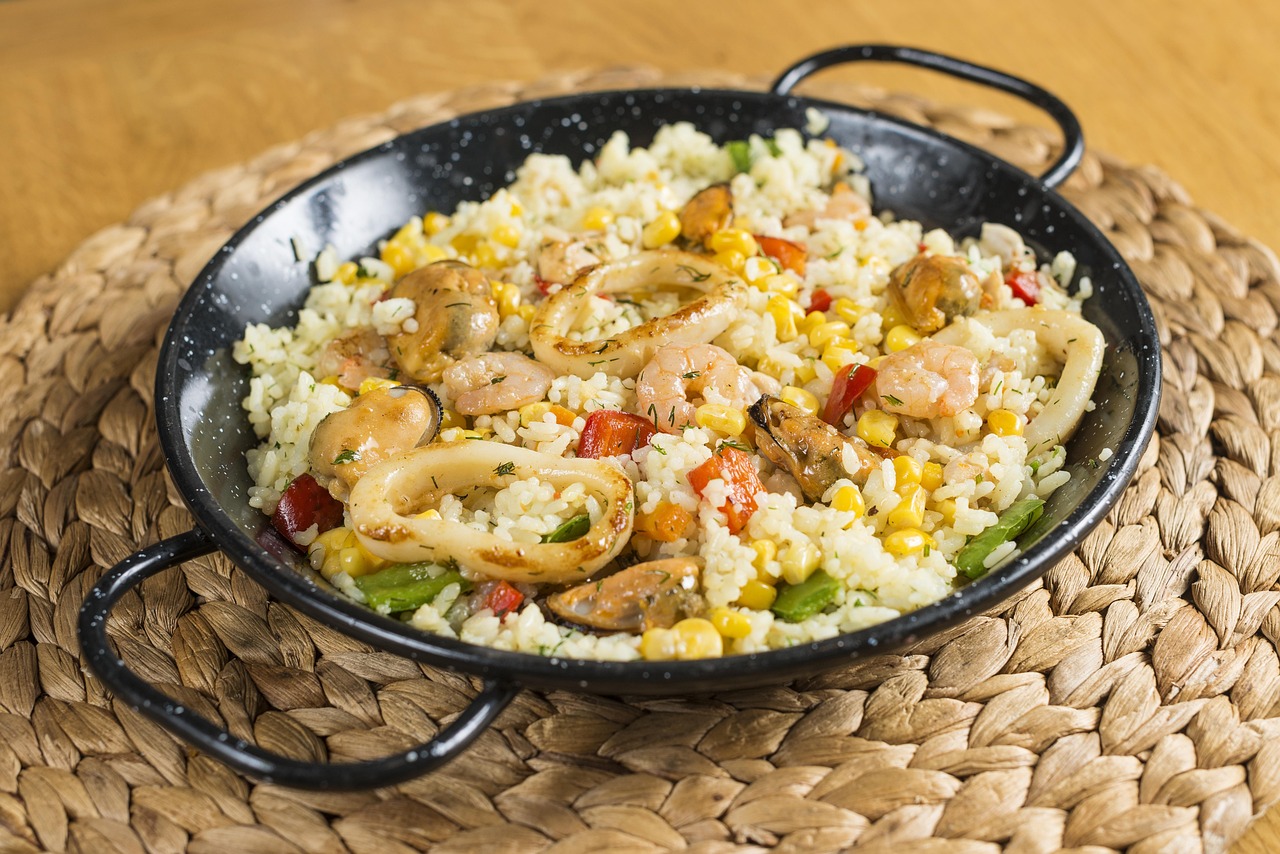



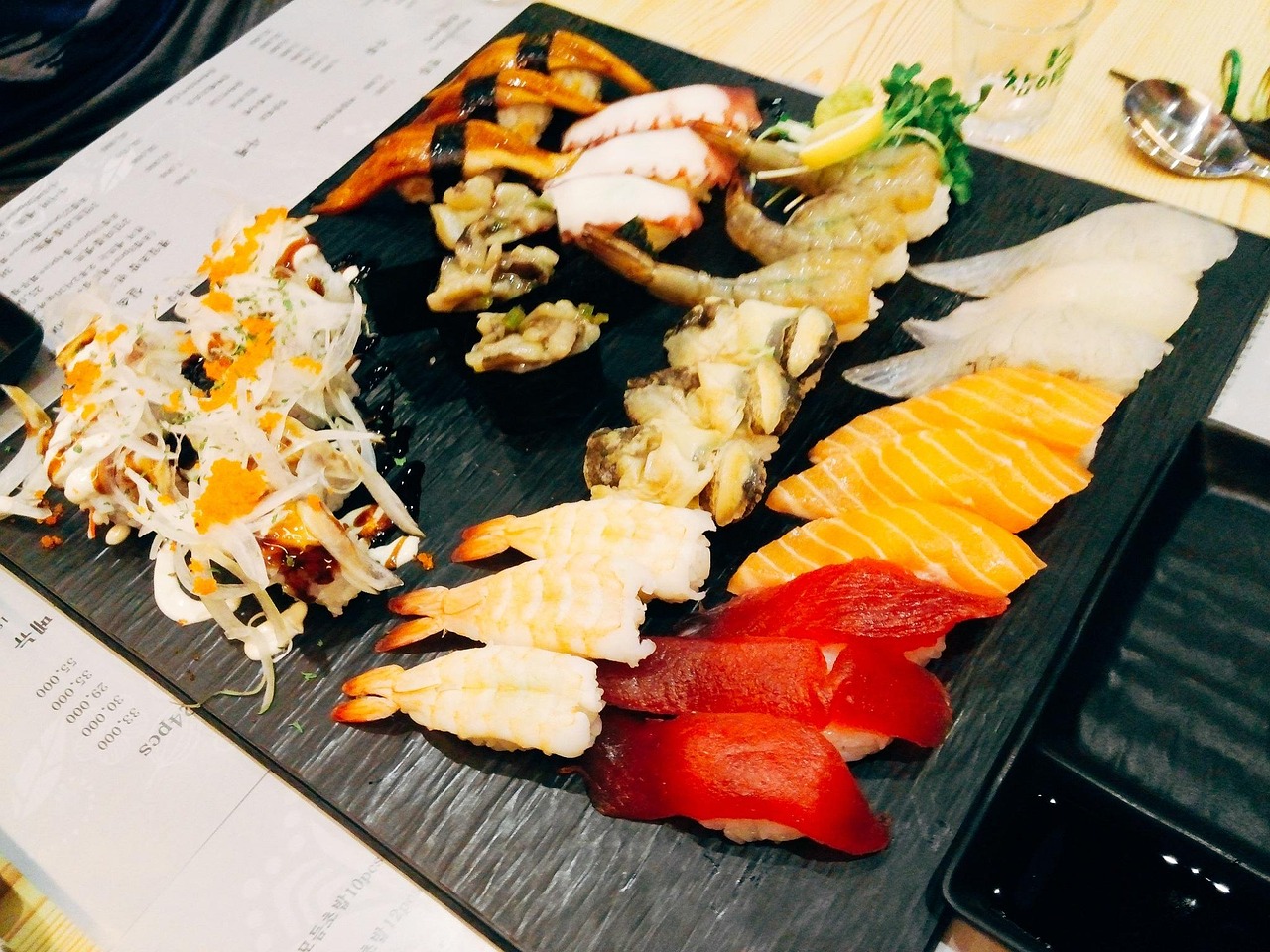
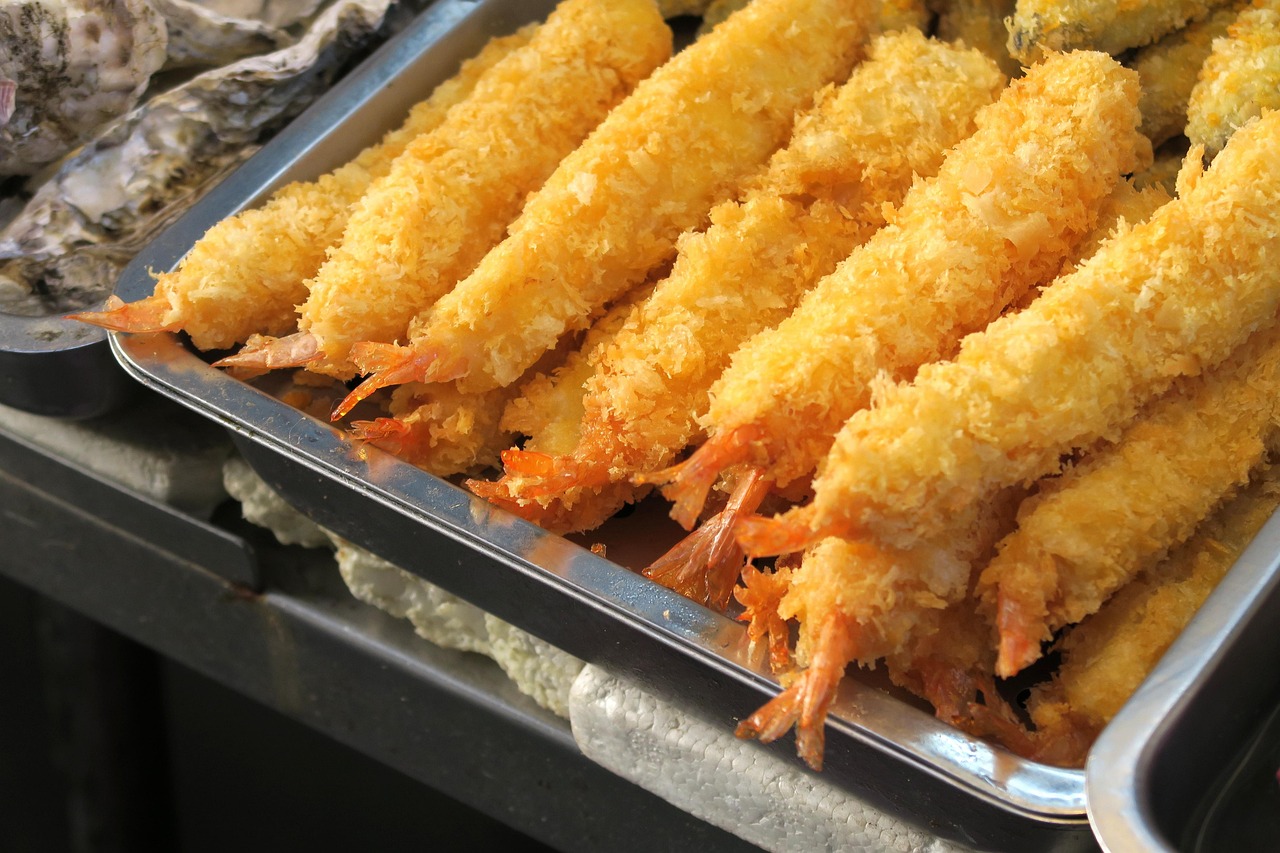
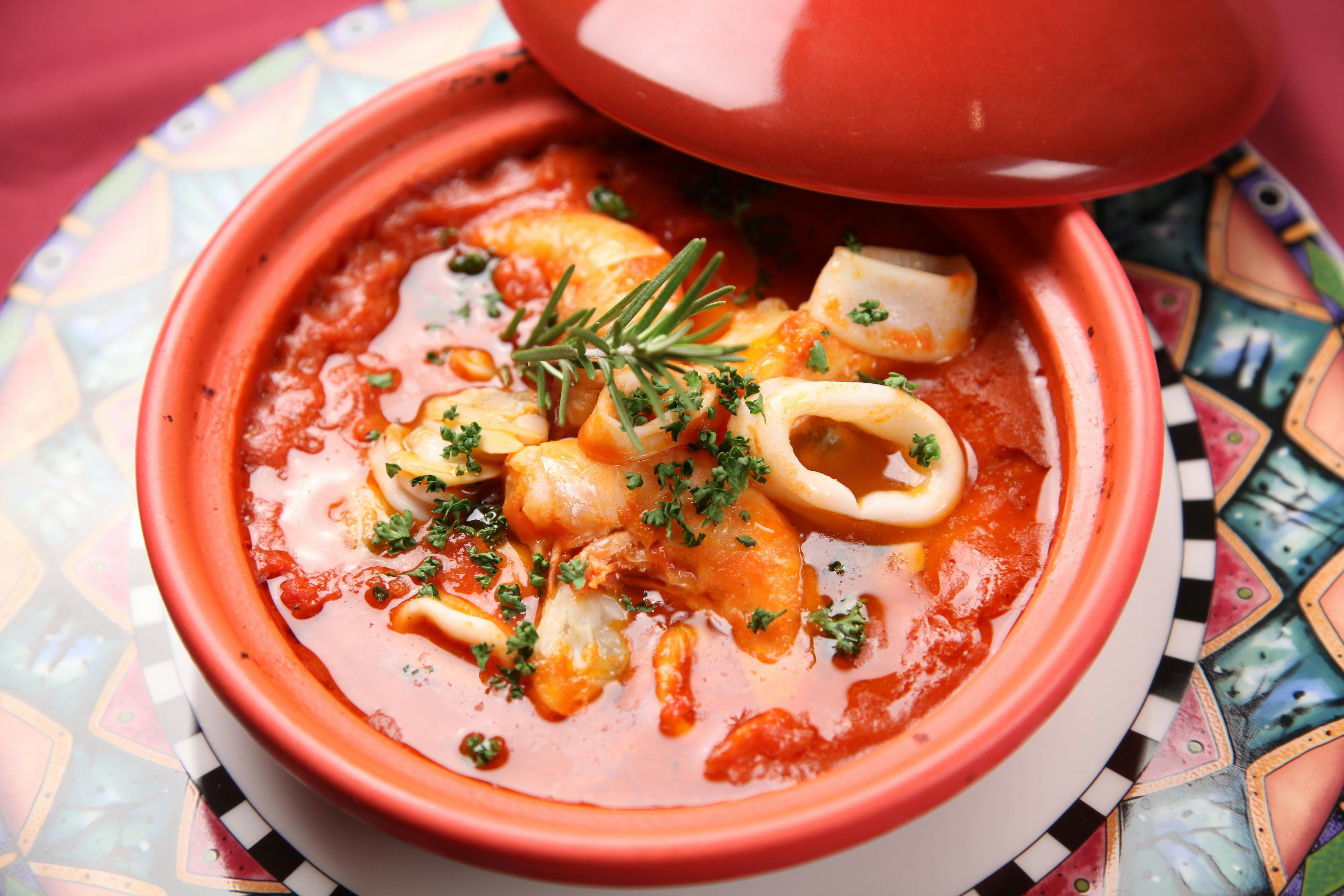
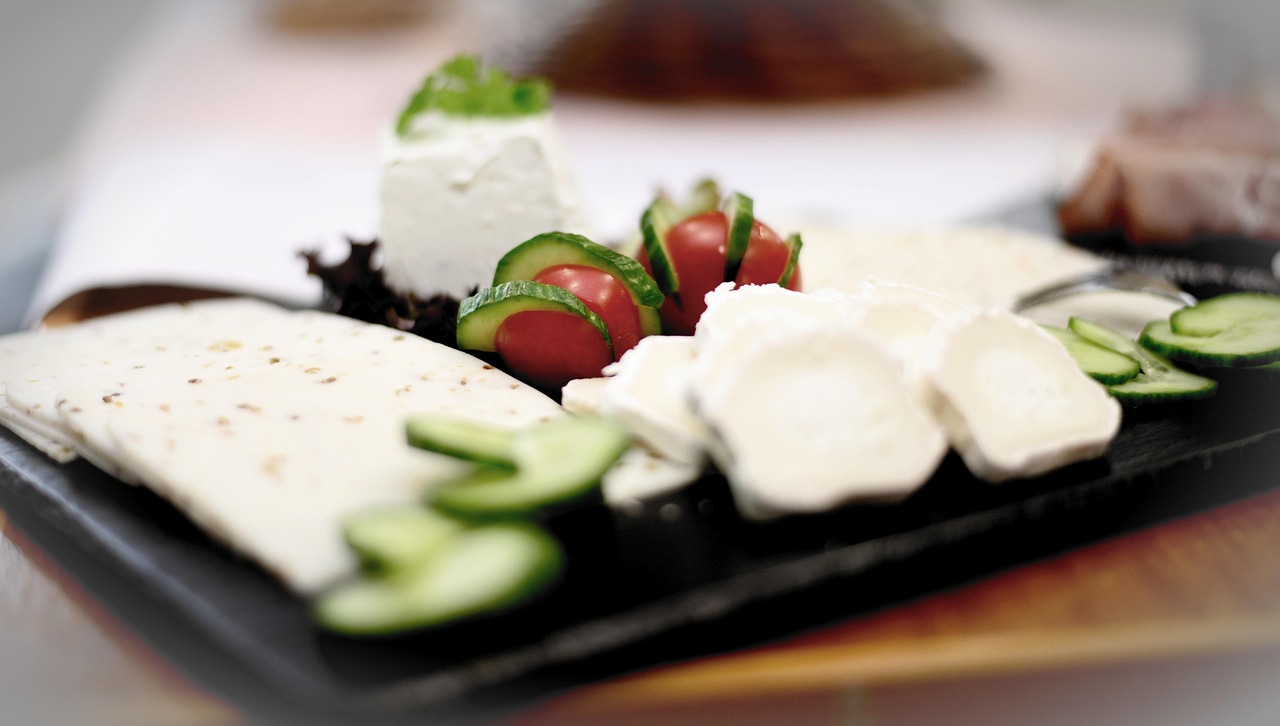
 京公网安备11000000000001号
京公网安备11000000000001号 闽ICP备2023004937号-3
闽ICP备2023004937号-3